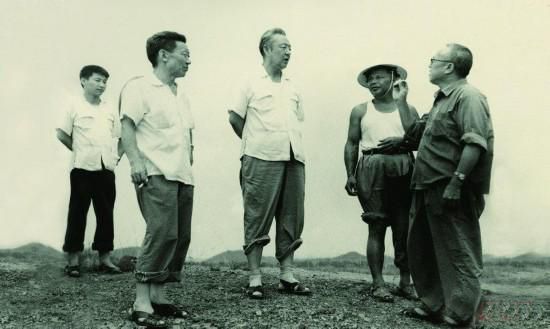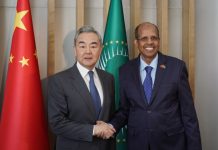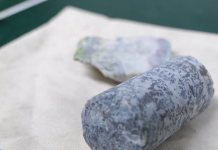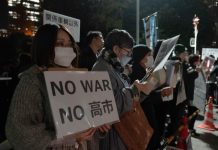BEIJING: The banyan tree is known for its astonishing vitality. No matter how barren the land, even among scattered rocks and broken cliffs, it can break through the soil and proudly reach for the sky.
On March 12, 2000, Xi Zhongxun, the father of Xi Jinping, planted a banyan at his residence in Shenzhen in south China’s Guangdong Province. “I also want to put down roots in Shenzhen,” he told his staff.
As one of the main pioneers and founders of Guangdong’s reform and opening up, Xi Zhongxun’s act expressed his wish to take root in the fertile ground of the initiative.
In December 1978, the Third Plenary Session of the 11th Central Committee of the Communist Party of China (CPC) made a historic decision to shift the focus of the Party and the country to economic development and to implement reform and opening up, thus initiating a new era of reform, opening up, and socialist modernization.
A few months later, Xi Zhongxun, who at the time was the Party chief of Guangdong, proposed that the central government grant Guangdong more autonomy to take the lead in reform and opening up. “Guangdong is adjacent to Hong Kong and Macao, where many overseas Chinese live. We should fully utilize these favorable conditions to actively engage in foreign economic and technological exchanges,” he said.
This bold proposal was the result of Xi Zhongxun’s tireless investigations in the province.
In July 1978, Xi Zhongxun chose Luofang Village in Bao’an County as his first stop for a countryside field trip. The village was divided by a river, with one part in Guangdong and the other in Hong Kong, and he learned that villagers on the Guangdong side made about 134 yuan ($18 according to current exchange rates) on average each year, while the per capita annual income of those across the river was 13,000 Hong Kong dollars ($1,664 according to current exchange rates).
In Chung Ying Street, which straddles Hong Kong and present-day Shenzhen, he saw bustling crowds and busy traffic on the Hong Kong side, while the mainland side was overgrown with weeds and desolate. When he visited a lychee orchard and heard farmers lamenting that a kilogram of lychees sold for only eight cents, he became buried in thought.
That summer, Xi Zhongxun visited 23 counties. He then presented a series of groundbreaking reform proposals to the central government, which subsequently lent him support. In March of the following year, the city of Shenzhen was established. –The Daily Mail-CGTN news exchange item





